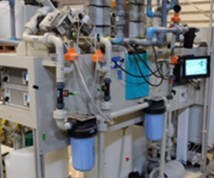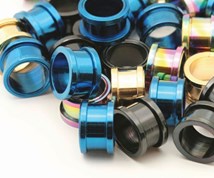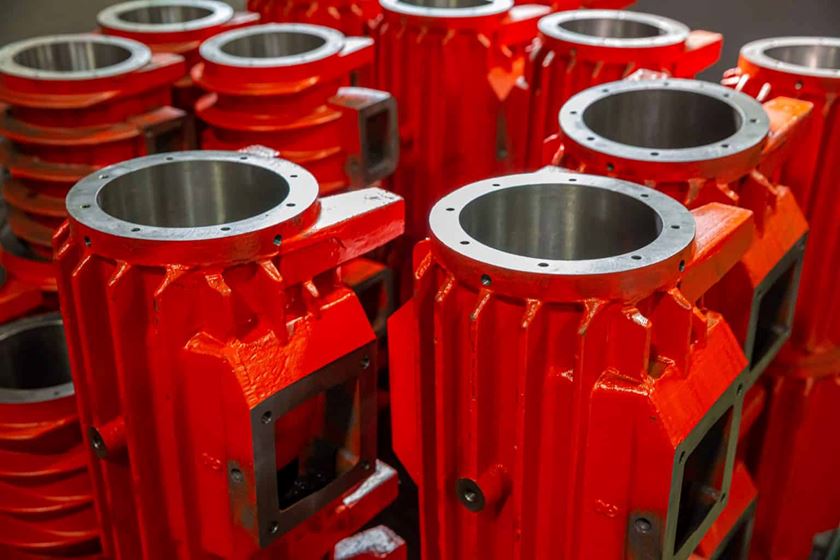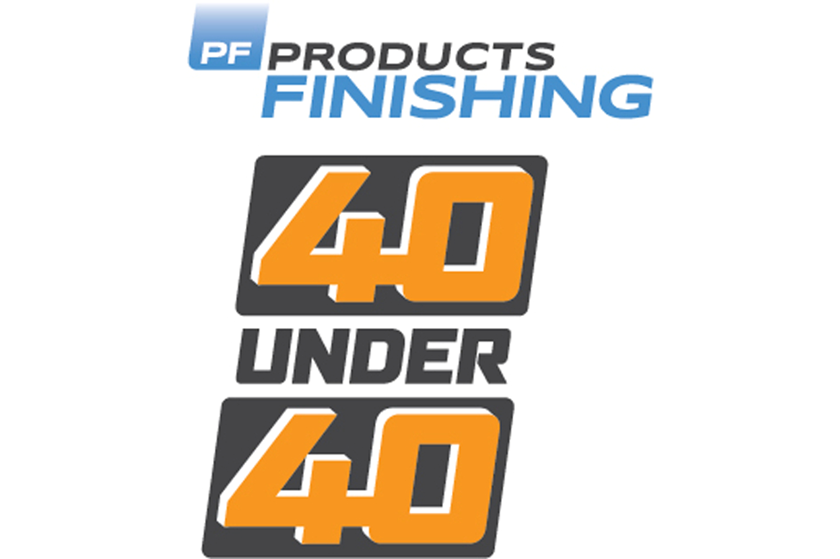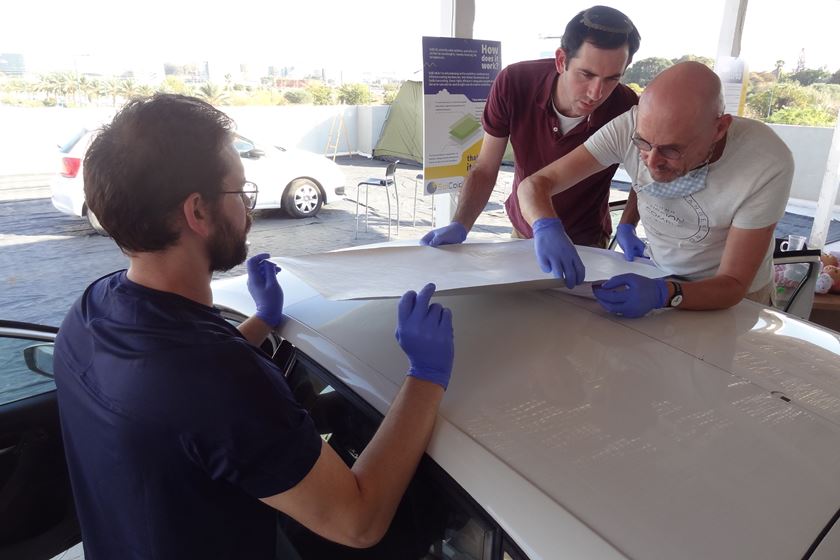Where could iron be coming from in our epoxy electrocoat, and what options do we have to fix the problem?
Where could iron be coming from in our epoxy electrocoat, and what options do we have to fix the problem?
#pollutioncontrol
Q. We have been having some difficulties with the roughness and appearance of our epoxy electrocoat, and our supplier has told us that we have high iron content in the e-coat bath. As a result, they are asking us to find out where the iron is coming from, replace the bath and then make a new one, which is difficult and expensive for us to do. Do you know where the iron could be coming from, and are there alternative methods to dumping the tank? –S.U.
A. In cathodic electrocoat paint systems, the iron would be deposited onto the grounded parts just like charged electrocoat resins and pigments because iron presents a positive charge in aqueous solutions. High iron levels typically produce ecoat films that are rough or tight and have marginal appearance, as in your case. Additionally, iron-contaminated electrocoat systems provide poor corrosion performance because the iron promotes blister formation and speeds up scribe creep during salt spray exposures. In cathodic acrylic systems, the presence of iron can also affect film performance to UV exposure, producing films with excessive gloss loss, color drift or fading.
Featured Content
Sources of the iron can be multiple. Sometimes the high iron levels come from excessive dissolution of the anodes into the anolyte solution. Tears and holes in the anodes or excessive anolyte sweating cause the iron to migrate from the anolyte solution into the paint bath. High anolyte conductivities, low anolyte pH or low-grade SS anode materials can greatly contribute to this excessive anode dissolution.
In other situations, sources of the iron in the ecoat bath can be fallen parts in the tank, steel blast dust or shot brought in with the raw parts. Also, all piping, tank and accessories in contact with the electrocoat paint must be of acid resistance materials like SS or PVC as they can contribute iron into the e-coat bath.
As your electrocoat supplier indicates, the sources of the iron must be identified and corrected before you can proceed with implementing the next steps. If the sources are not eliminated from the process, the new electrocoat bath will just become contaminated again.
For an epoxy system, once the source has been identified and corrected, you should evaluate your bath to analyze the rate of iron decline and the improvement in appearance or performance under your specific coating rates. If the current rate is acceptable, the situation will continue to improve gradually. If, on the other hand, the rate of improvement is not acceptable to you, then the electrocoat bath must be replaced. There are no other effective or proven methods of eliminating iron from the bath than coating it out or replacing it.
Reusing the old electrocoat bath should also be evaluated if cost is an issue and if the initial iron levels are less than two to three times the permissible iron levels. Small feed rates of the old material under controlled conditions could be incorporated with raw resin and paste feeds. With patience and time, the old material could be reused.
If the iron level in your old bath is too high, then the bath must be discarded according to local governing regulations.
RELATED CONTENT
-
Coating Systems with the Best Long-Term Performance
The best protection against corrosion and UV exposure, says Axalta’s Mike Withers, is electrocoat and a super durable powder coating.
-
2020 Vision: The Future of Coatings
The year 2020 will be here before you know it, signaling the beginning of a new decade and bringing changes to the world as we know it.
-
Five Principles of Lean Manufacturing from Toyota Production Systems
Fostering Sustainable business and People success through new ways of thinking



